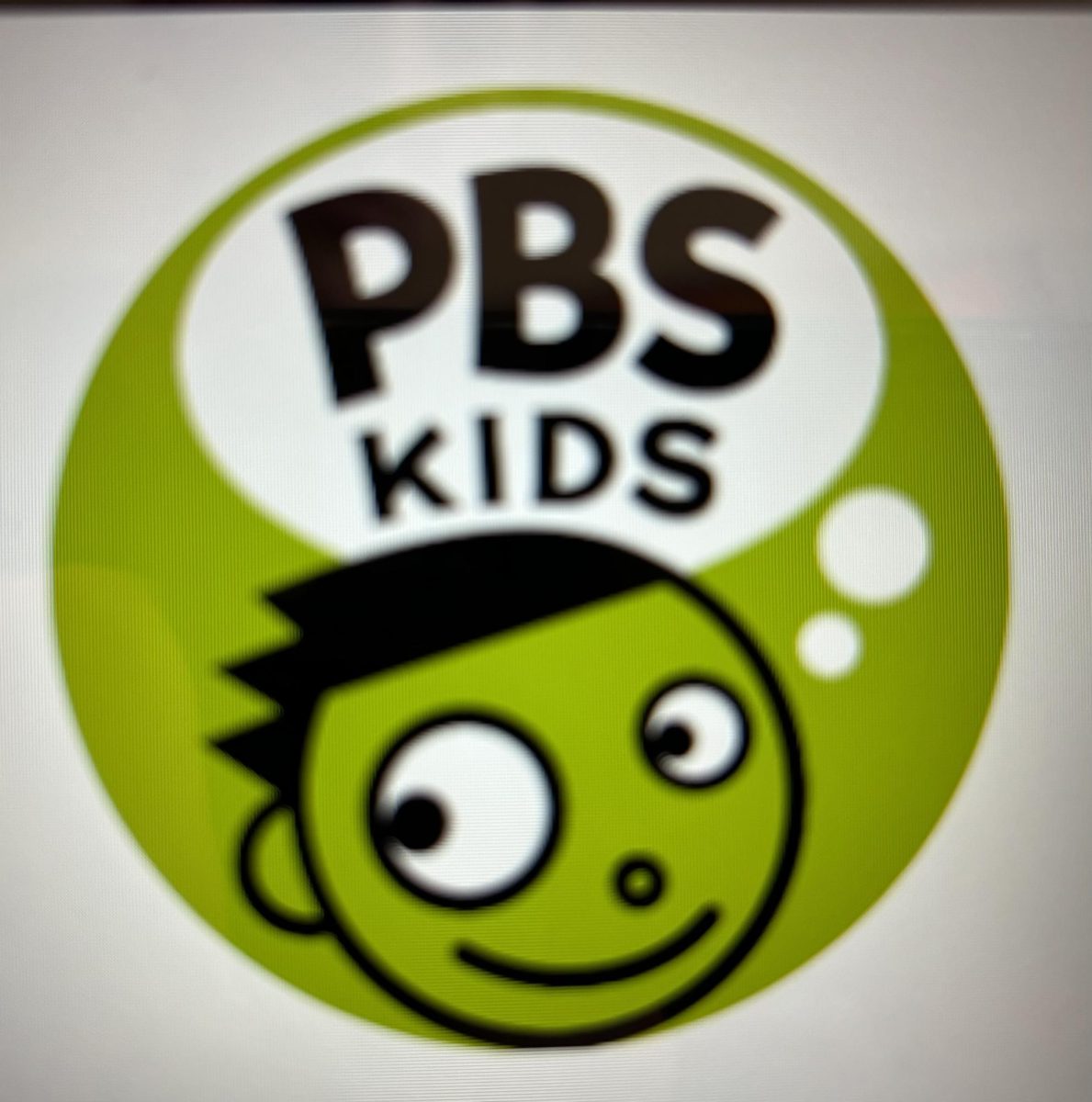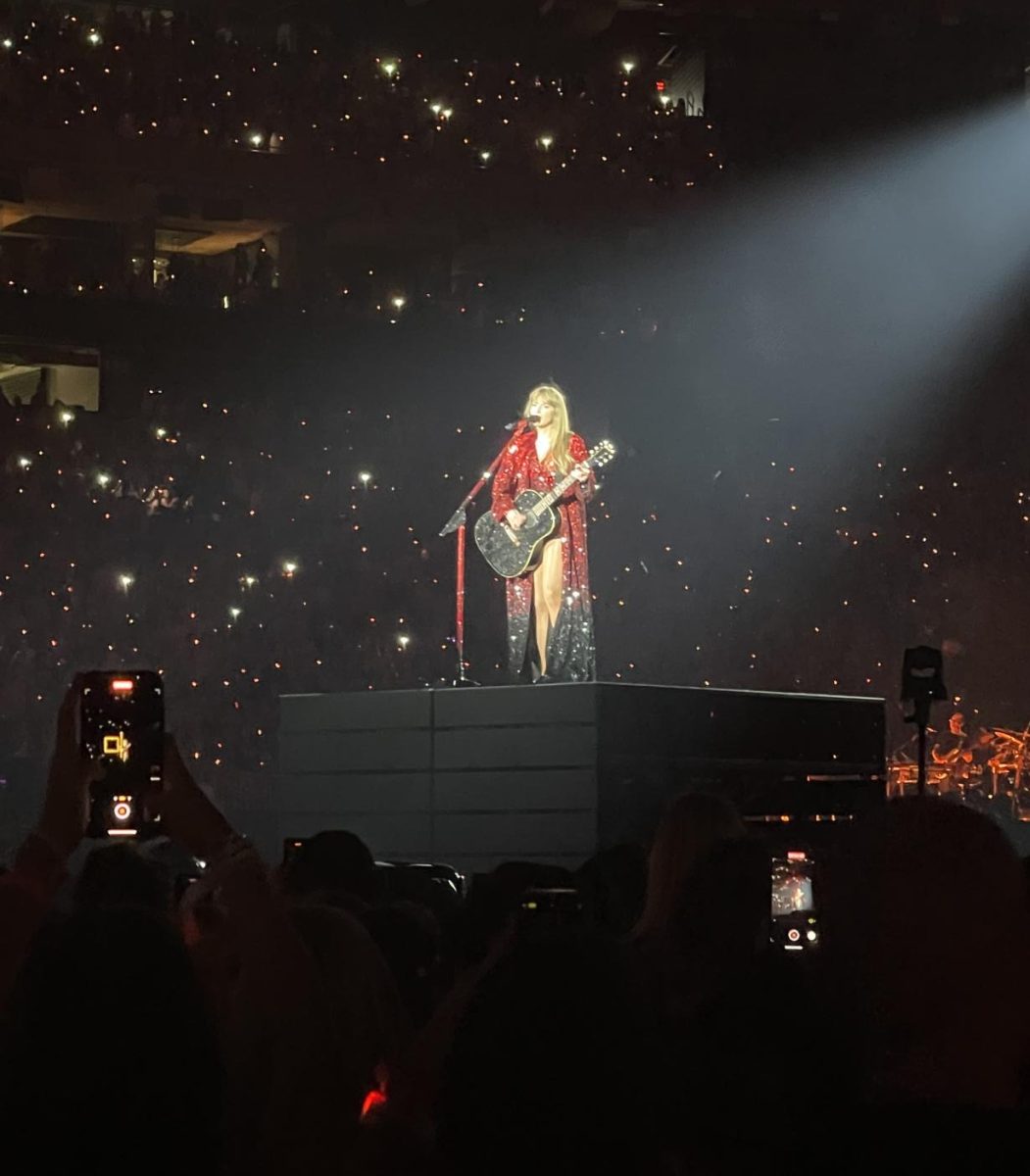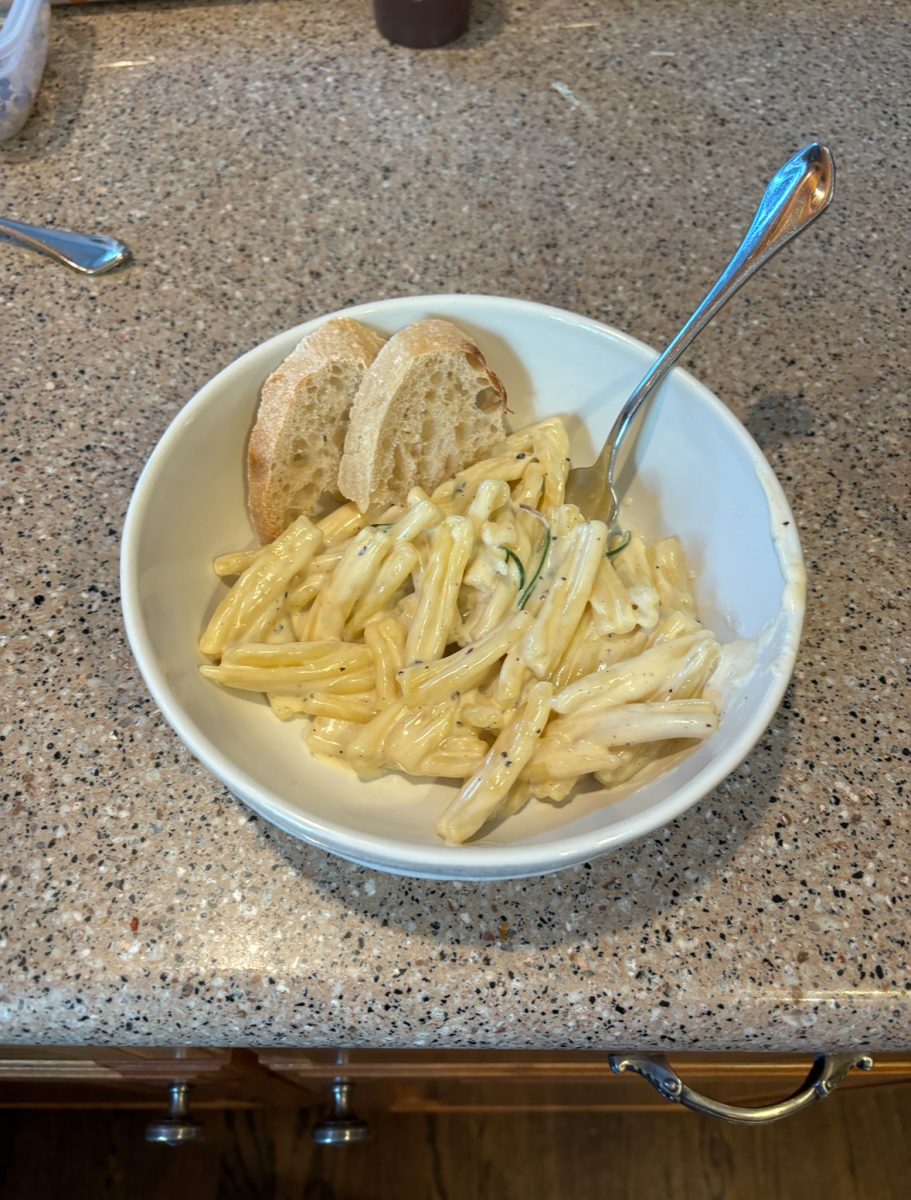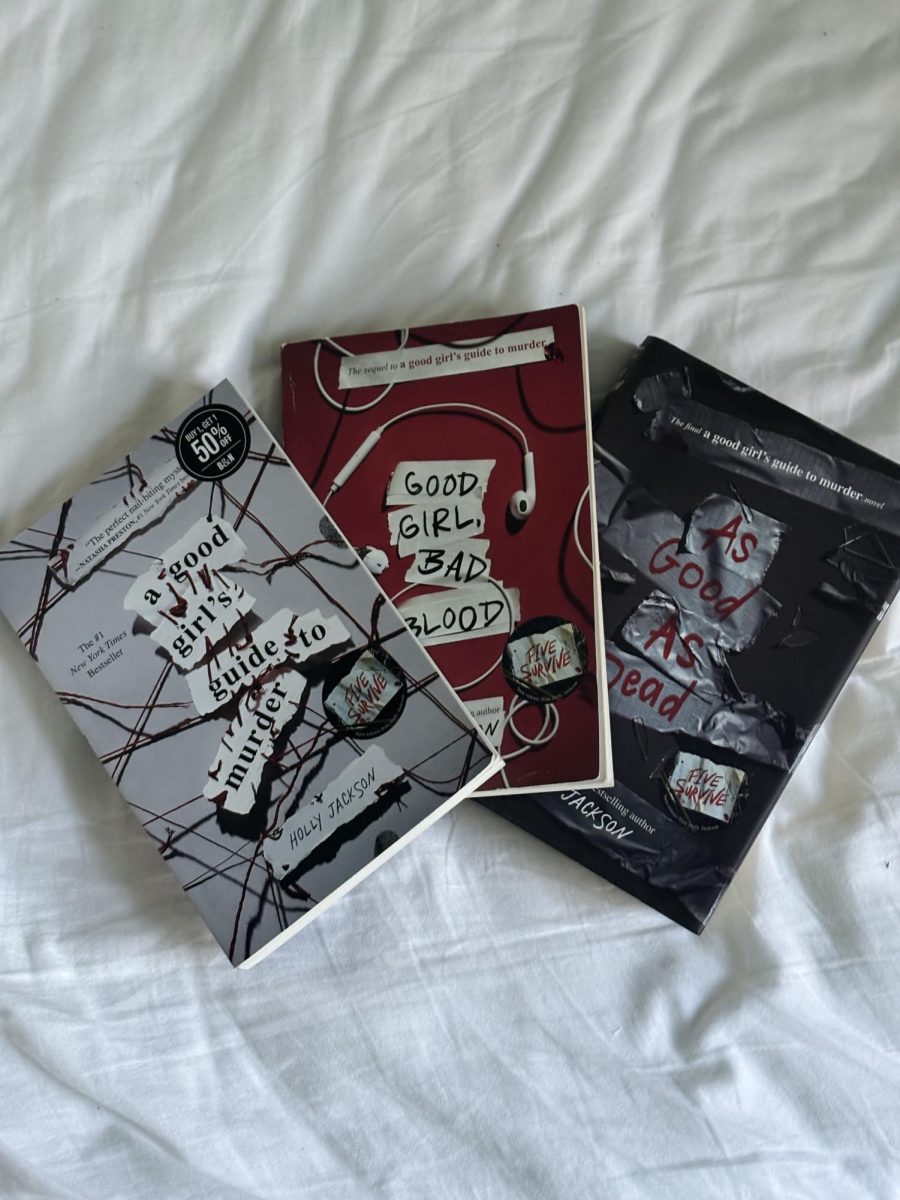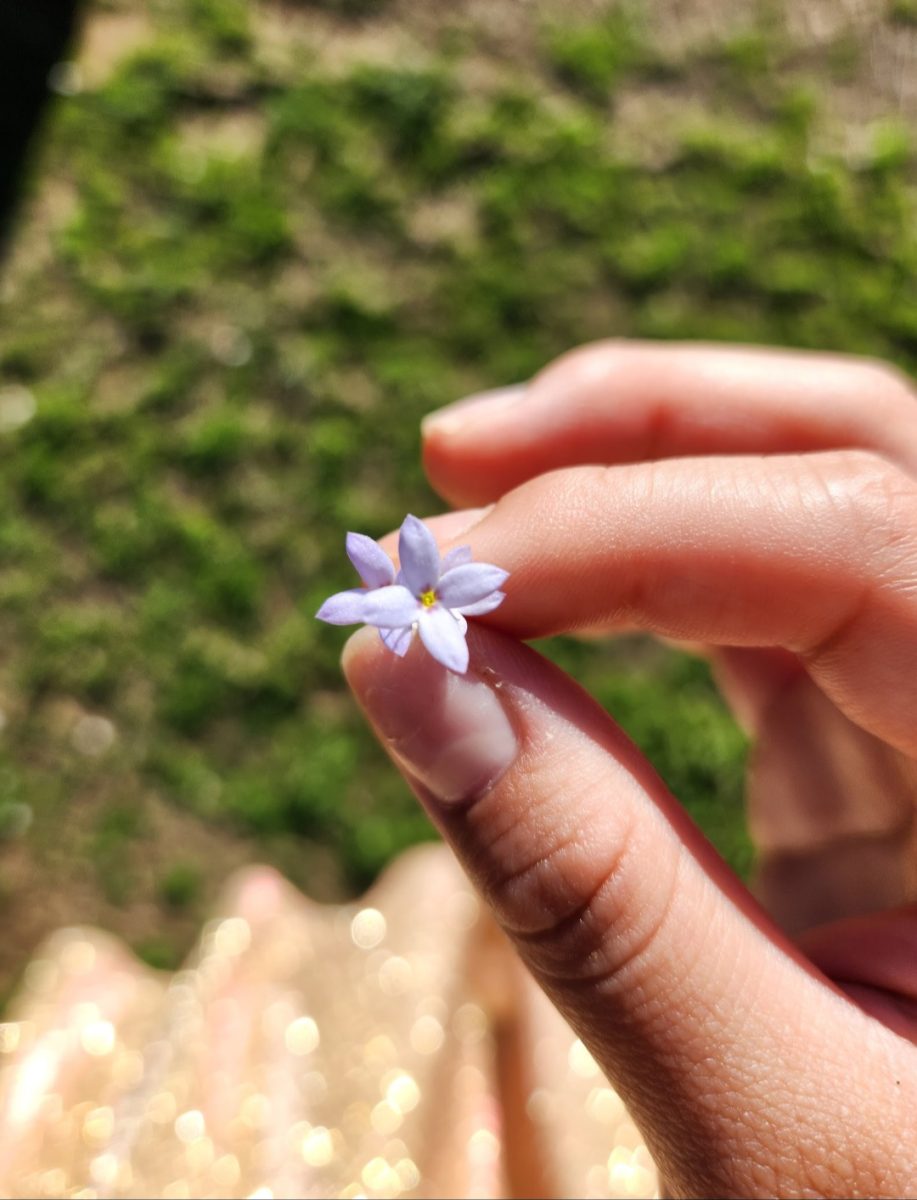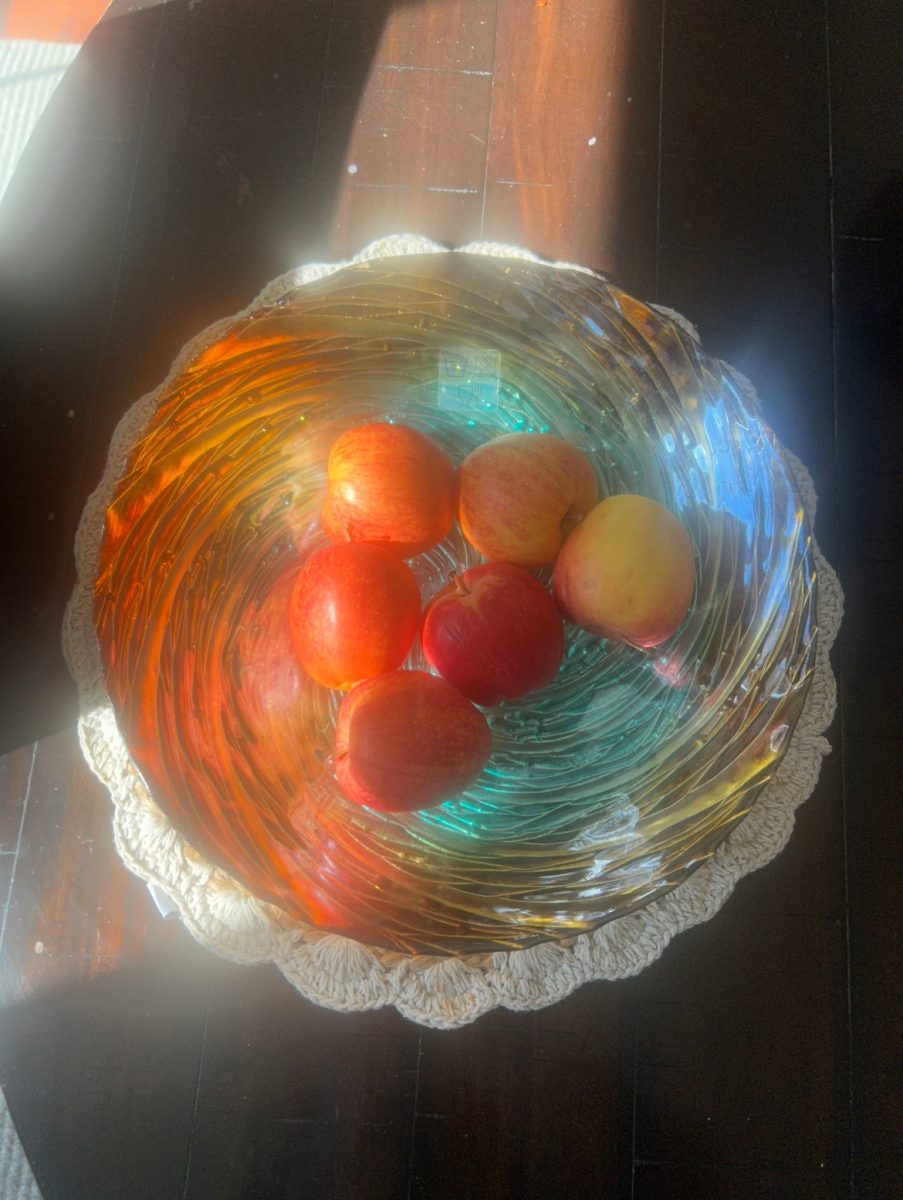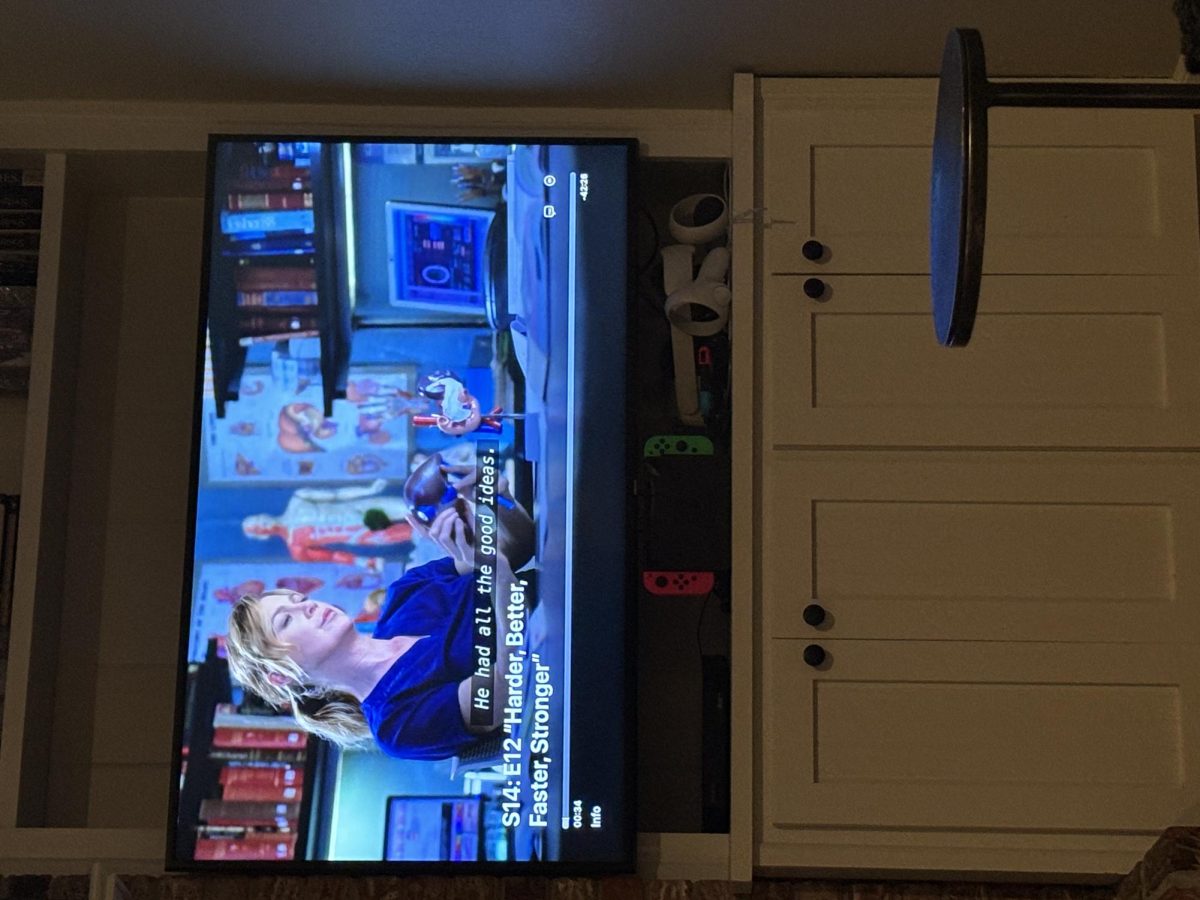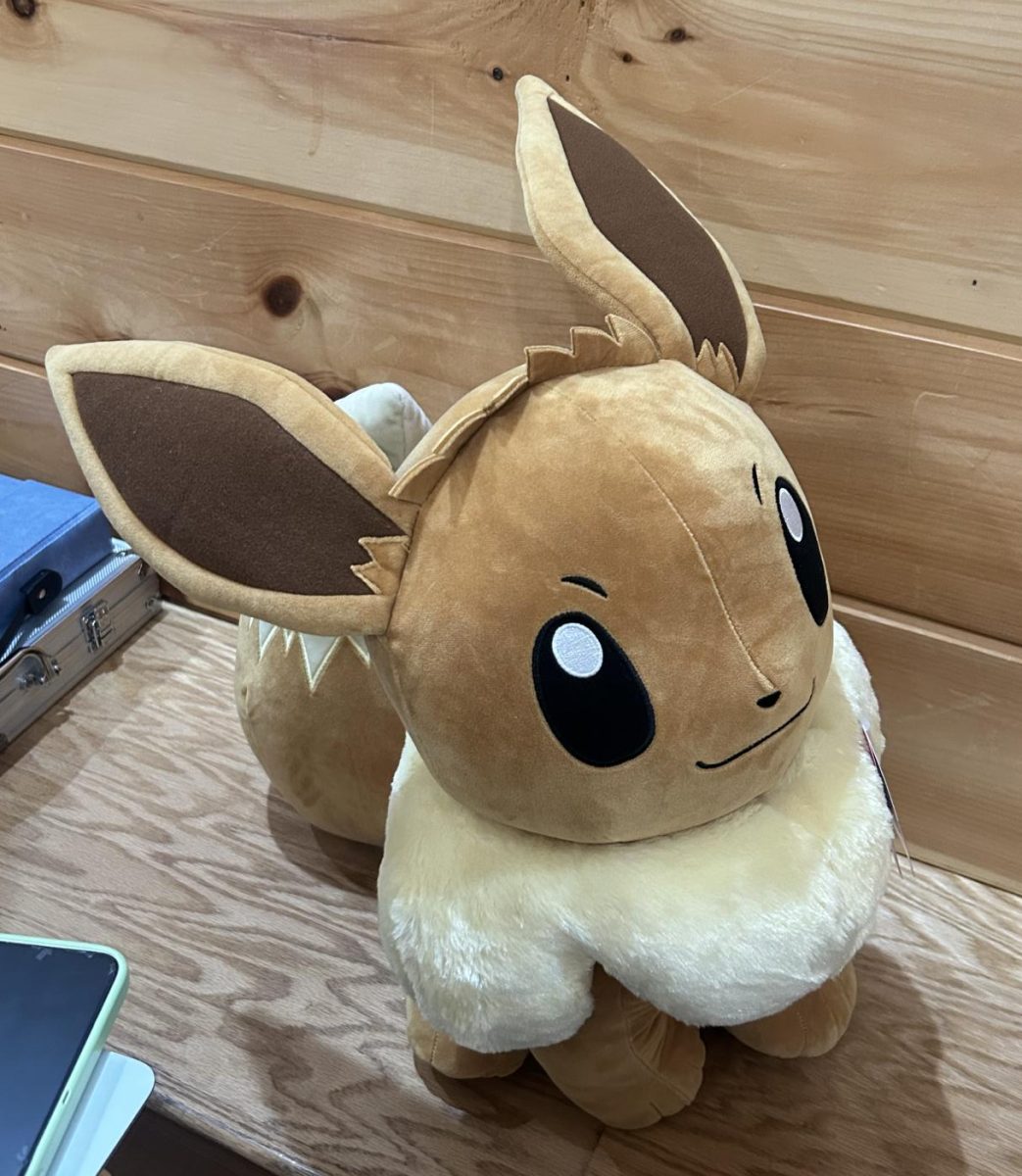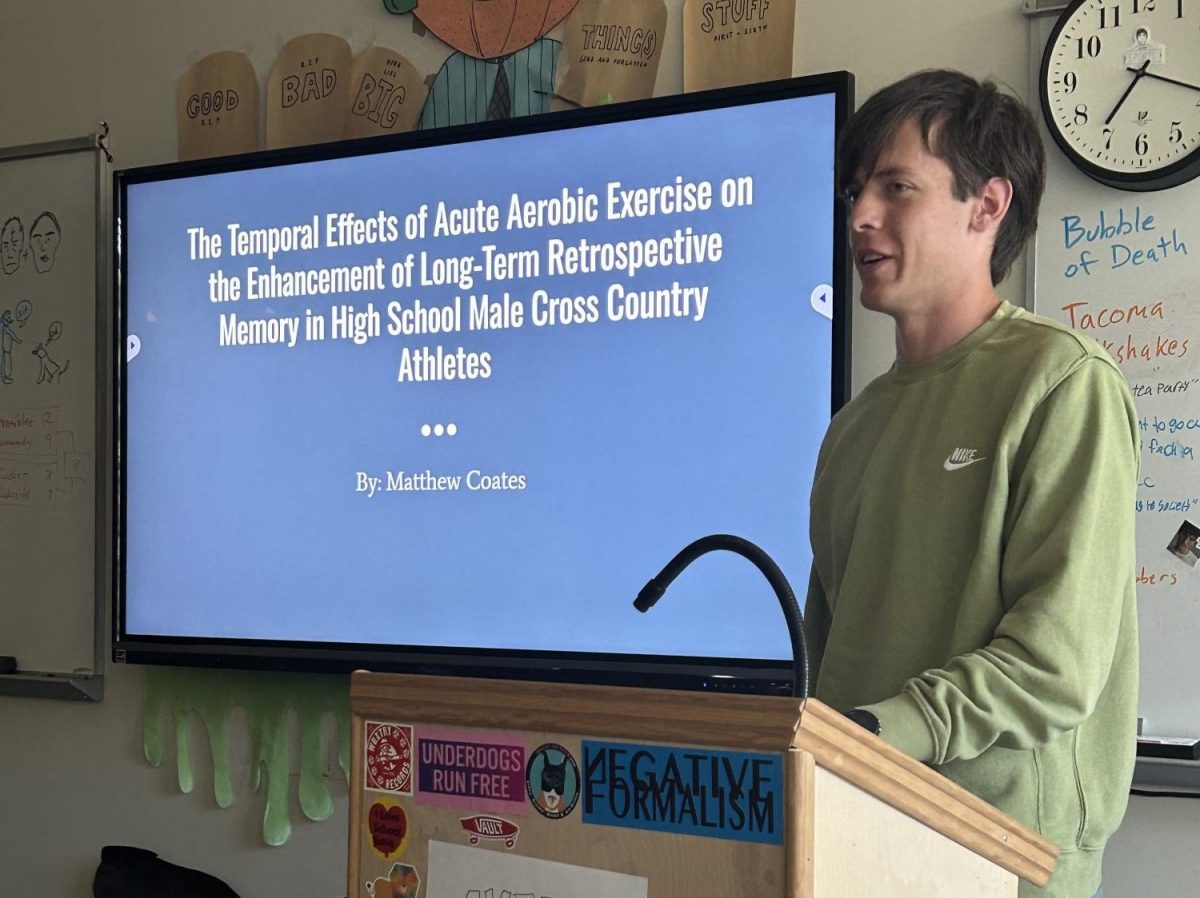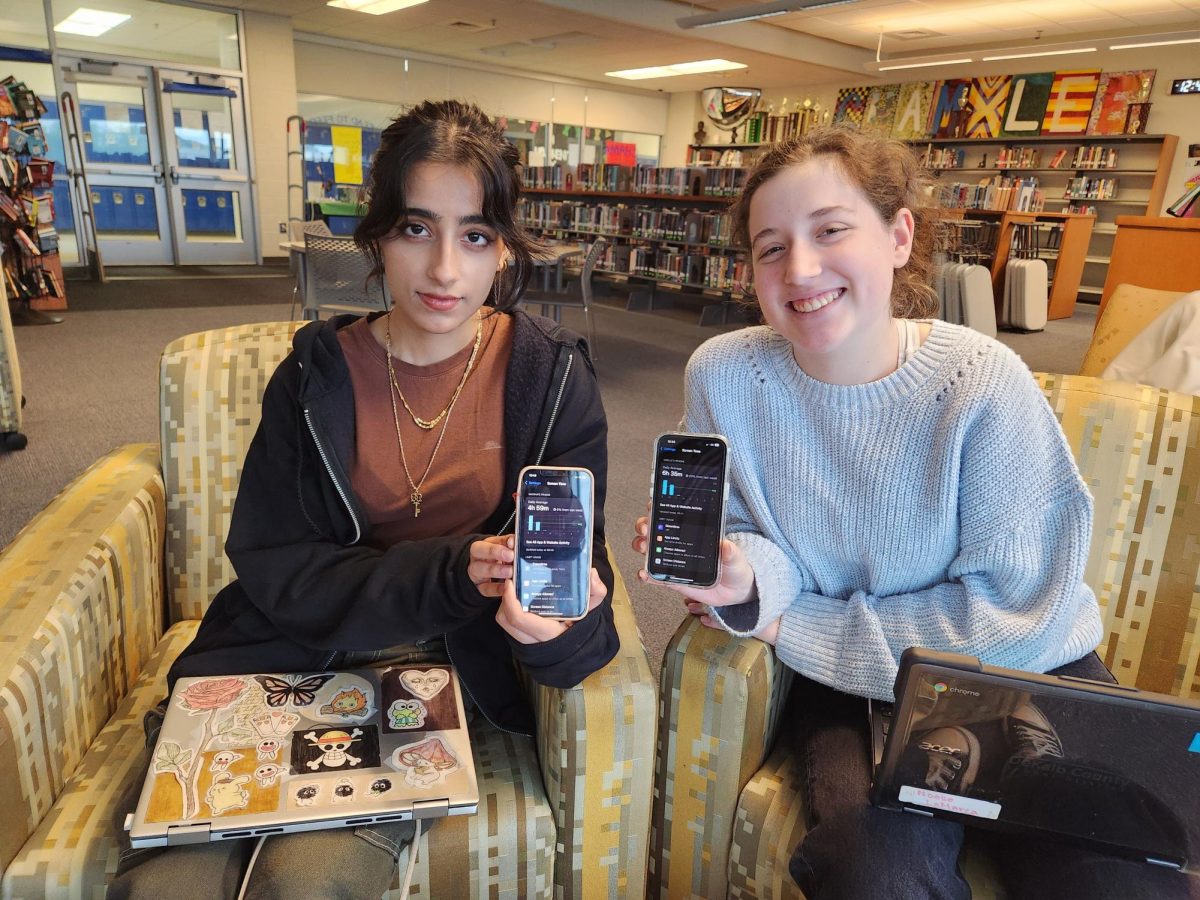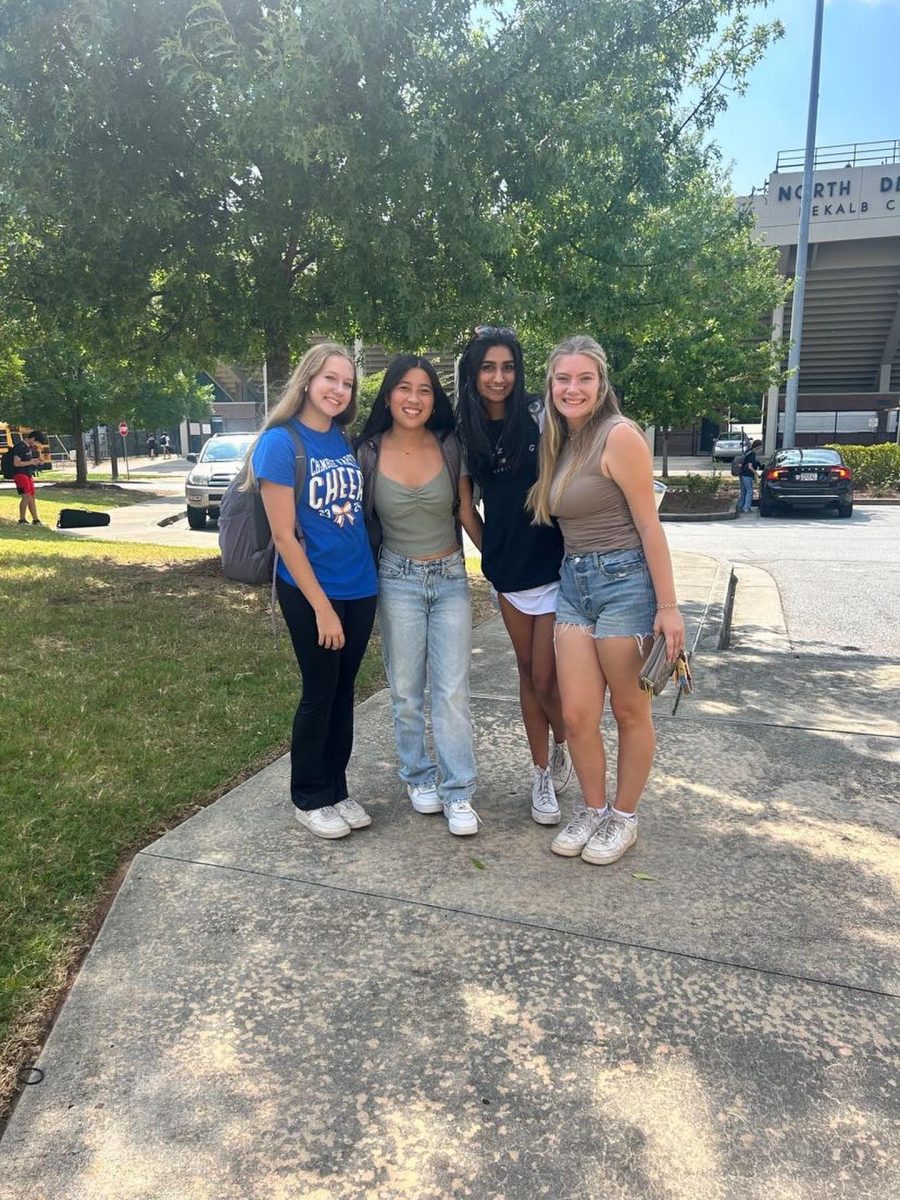January is often an important month for college-bound seniors, with many schools releasing results of their Early Action and Early Decision admissions, and others getting ready for the Regular Decision pool.
For Sammy Otoo, like many seniors, the process began in August.
“I tried to begin as early as possible,” he said. “I started my Common App account over the summer.”
Common App is an online college application website where students can fill out a single “common application” with information about the student, their family, their education, their extracurriculars, and a personal essay (for schools that require one), in addition to questions to be filled out for each college. The site also allows students to add teacher recommendations so that they can be sent to multiple schools.
“Then I started adding colleges as the year went by and I knew that by October 13 I had to get in three Early Action applications,” said Otoo. “I started working immediately on those.”
Despite the early start, Otoo still had challenges with first semester.
“I had marching band and extracurriculars,” he said. “So it was hard balancing schoolwork with extracurriculars and college apps. And so I got everything in on time, but sometimes I would put things off, so it was a struggle to catch up at times.”
Senior Alex Turney also tried to work ahead.
“I started writing the essay for the Common App, to try to get that done before the school year started,” he said. “It didn’t really work out to finish it, but it was nice to get ahead start on that, and kind of get things rolling.”
Turney ended up applying to five schools.
“University of Virginia was my top choice,” said Turney. “I applied to Yale as kind of a stretch school, and I applied to Wake Forest and Duke as other options. I applied to University of Georgia as kind of a backup choice. It was kind of my plan to have a backup and a stretch, but also schools kind of in the middle that I could go for and have options with.”
In addition to deciding which and how many schools to apply to at this time, seniors usually choose which admission plan to apply with: Early Action (usually non binding), Early Decision (binding), or Regular. For Early Decision, “binding” means that if accepted, you must attend that school. For Early Action, “binding” means that you can only apply Early to that school. You cannot apply with a binding admission plan to more than one school.
“I’ve had like a lot of senior friends in high school, so I’ve always talked to to them about college and stuff, so I learned through them about the different decision types,” said Otoo. “But I also looked things up. Like I would go on a respective college’s admissions website, and see how they do their decisions.”
Kaim Welcher applied with a mix of admission plans.
“I applied to my number one school early,” said Welcher. “And everything else I applied to regular. I didn’t apply anywhere Early Decision. I didn’t want to be [bound], in case I didn’t get a scholarship or anything I needed.”
In addition to the standard application for each school, senior Emma Dickinson ended up submitting several additional scholarship applications.
“I applied to three schools, but I’m following through with only two schools,” said Dickinson. “In order to get the most out of the applications, I’ve submitted at least five [total] applications for both schools I’ve gone to, and it’s a crazy amount of work.”
Akia Pirant chose Regular deadlines in second semester in order to apply with a higher GPA.
“I started the day we came back from Thanksgiving break” said Pirant. “I had asked my tenth grade teacher for a recommendation to FAMU [Florida A&M University], my senior literature teacher for a recommendation letter for University of Tampa, and Florida State University.”
Pirant submitted her application to Florida State University on January 18.
“I will get a response by them on March 1,” she said. “And for University of Tampa, I’m sending everything to them next week, and I won’t get a response until April. And I think for FAMU, I won’t get a response until June.”
Senior Julian Whaley chose an unconventional but efficient route.
“I want to go to GSU, and have for a long time, because they have a great actuarial sciences program,” said Whaley. “And that’s what I want to do. And I knew that it was kind of low standards for acceptance. So, it was perfect.”
Georgia State University was the only college he applied to.
“[The application] went pretty quickly,” he said. “I did it during fourth period in about twenty minutes. I didn’t need any teacher recommendations or really anything other than my SAT scores and my transcript.”
He applied Early Action and found out that he had been accepted a week before Winter Break. His advice for juniors?
“Make sure to find the right school,” he said. “Don’t just go to one that you have heard is good. Because everybody says bad stuff about GSU, but it’s the perfect school for me. So it’s about whatever program you want to go into, not the school’s overall reputation.”
Welcher recommended putting the extra effort into the essays.
“Get as many people to read your essays as you can,” said Welcher. “[My parents] proofread my essays and gave me suggestions.”
Turney advised thinking carefully about one’s choice of schools.
“Don’t spread yourself too thin,” said Turney. “Don’t apply to twelve or fifteen schools, because that’s not really worth it. Just find a list of six to eight schools that give you good options in both the stretch and the safety category.”
However, the most common advice that seniors gave was to start early, regardless of the admission plan.
“Don’t procrastinate,” said Otoo. “Work on it like a little bit each day. Like I know for me, I’d rather work on college stuff than homework, because I found it more interesting. Even whenever I didn’t do as much of an application I wanted to do on a specific day, I always did something everyday. And that helped a lot.”


